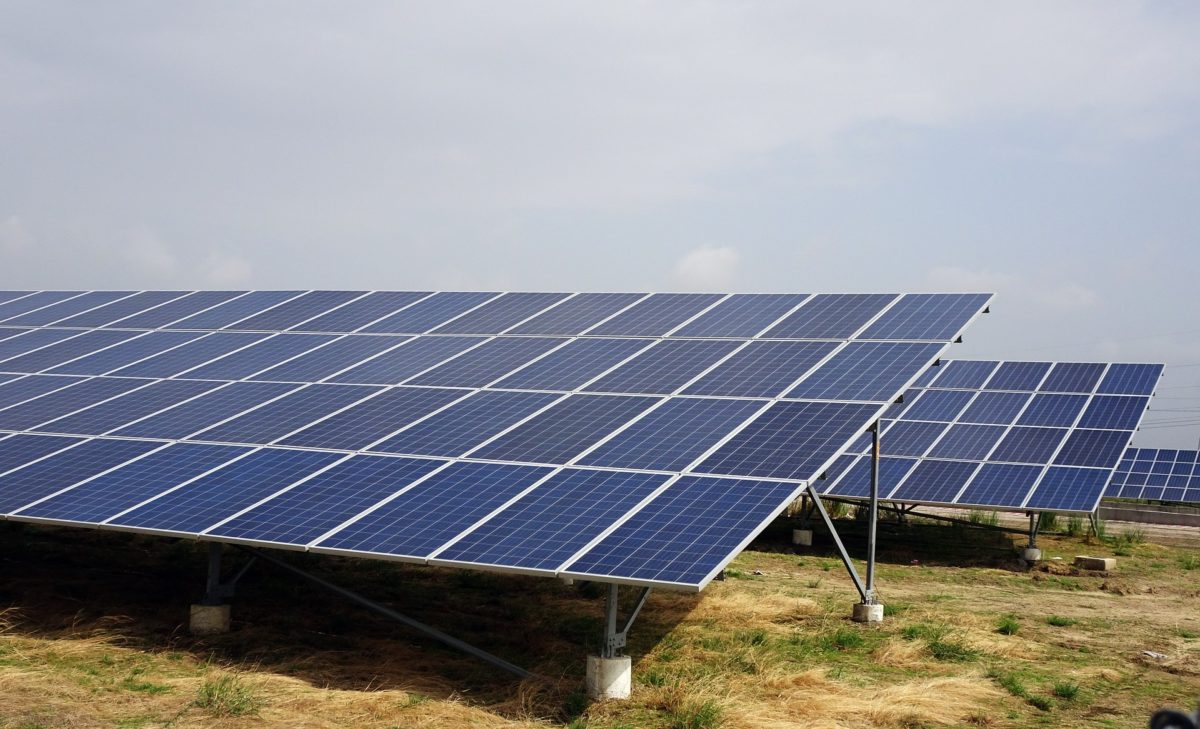IEA-PVPS shares guidance on technical KPIs for PV systems
Source:pv-magazine

Image: Sarangib, Pixabay
IEA-PVPS has called for standardized definitions of KPIs for operational PV systems to eliminate potential biases.
The Task 13 report, “Best practices guidelines for the use of economic and technical KPIs,” outlines calculations and applications of the main technical and contractual KPIs for PV system operations.
KPIs are essential for evaluating PV systems across operational efficiency, financial viability, and sustainability metrics, while also guiding effective decision-making, said IEA-PVPS. The report defines commonly used KPIs, outlines advantages and challenges, and critiques their application and limitations.
IEA-PVPS noted that KPIs can vary by project size, market, location, and calculation methods, which may cause financial impacts. It warned that KPI calculations based on heavily filtered datasets can introduce bias, potentially causing asset owners to gain or lose revenue unfairly. To address this, IEA-PVPS has called for transparency and standardization in KPI definitions to eliminate such risks.
The report also provides guidance on data preparation and processing, which IEA-PVPS said is crucial for reliable KPI calculations. It noted the urgent need for standardization and harmonization in data handling to enable data-driven decision-making.
One chapter on data management covers best practices for KPI determination across data types, hardware and software, data quality, preparation, and aggregation. Another chapter discusses KPI possibilities beyond contractual agreements and minimum thresholds. IEA-PVPS noted that evaluation processes have advanced and are becoming standard practice to provide valuable insights into PV system data.
The report added that advanced mapping techniques using KPI data enable a comprehensive assessment of PV performance across regions, supporting tailored operations and early-stage design considerations for new PV projects.
IEA-PVPS said it is collecting PV system performance data from large PV system analytics platforms to calculate technical KPIs and interpret the data via geospatial maps.
“This approach will serve to expand the knowledge from specific sites where data are available to locations where PV systems might not even be installed yet,” said IEA-PVPS. “This exercise will be very valuable for the design of new PV plants and tailoring PV system contracts utilizing higher certainty in performance estimates.”
Its latest report follows publications on building-integrated photovoltaics and string inverters, both released earlier this month.
